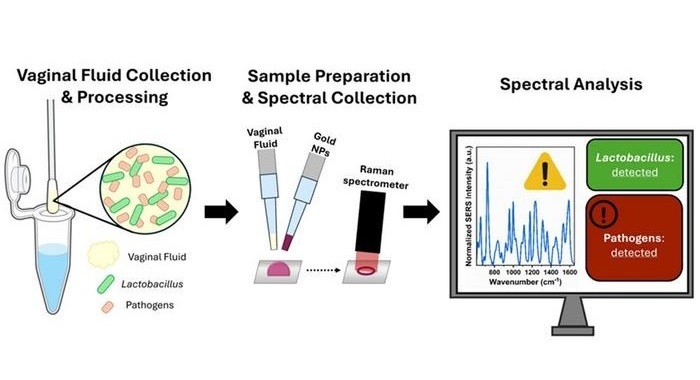New Virus Identified in Blood Supply
By LabMedica International staff writers
Posted on 01 Oct 2015
Transfusion of blood or blood-derived products can save lives and improve health but requires safety measures for preventing bystander transmission of infectious agents.Posted on 01 Oct 2015
To investigate the transmission of novel infectious agents by blood transfusion, changes in the virome composition of blood transfusion recipients pre- and post-transfusion has been studied.

Image: The HiSeq 2500 sequencing platform (Photo courtesy of Illumina).
An international group of scientists led by those at Columbia University (New York, NY, USA) collected serum samples from four participating blood centers distributed across the USA from July 1974 through June 1980. They performed high-throughput sequencing on blood samples from 46 individuals in the in the Transfusion-Transmitted Viruses Study (TTVS). They also performed high-throughput sequencing on samples from 106 individuals in the Multicenter Hemophilia Cohort Study who received plasma-derived clotting factor concentrates.
Total ribonucleic acid (RNA) extracts were reverse transcribed using a SuperScript III kit (Invitrogen Life Technologies; Carlsbad, CA, USA) with random hexamer primers. After processing, samples with low concentrations were amplified by increasing polymerase chain reaction (PCR) cycle numbers from 9 to 14. All sequencing was done on the Illumina HiSeq 2500 platform (Illumina; San Diego, CA, USA), yielding an average of 150 million reads per sequencing lane.
The team analyzed samples both pre- and post-transfusion and along with a variety of known viruses, they identified a new virus in two individuals. The virus was only present in post-transfusion samples, and additional tests showed that both patients were able to clear the virus. Genetic analysis determined that the novel human virus, human hepegivirus 1 (HHpgV-1) was related to Hepatitis C virus (HCV) and human Pegivirus (HPgV; formerly called GB virus C or Hepatitis G virus). Genomic testing of 70 additional individuals in the TTVS study failed to detect further cases of the virus detected. HHpgV-1 was found in serum samples from two blood transfusion recipients and two hemophilia patients who had received plasma-derived clotting factor concentrates.
Amit Kapoor, PhD, an assistant professor and lead author of the study said, “HHpgV-1 is unique because it shares genetic similarity with both highly pathogenic HCV and the apparently non-pathogenic HPgV. People need to be aware of this new infection in humans. We just don't know how many viruses are transmitted through the blood supply. There are so many viruses out there, and they need to be characterized in order to ensure that transfusions are safe.” The study was published on September 22, 2015, in the journal mBio.
Related Links:
Columbia University
Invitrogen Life Technologies
Illumina













